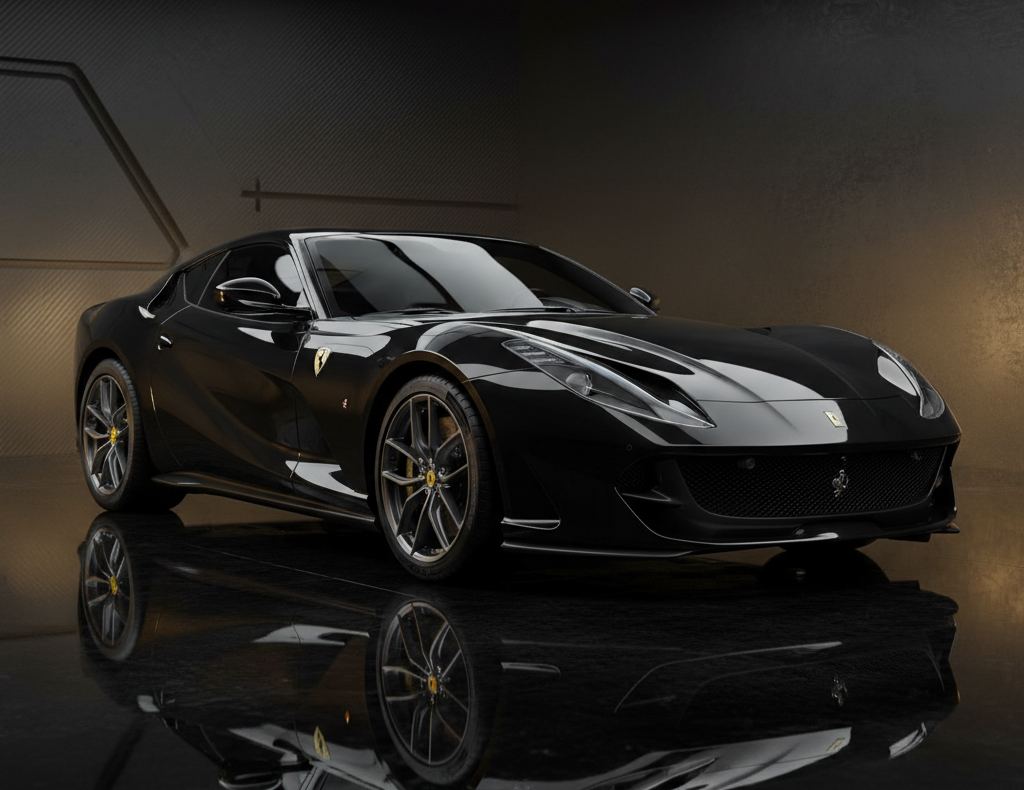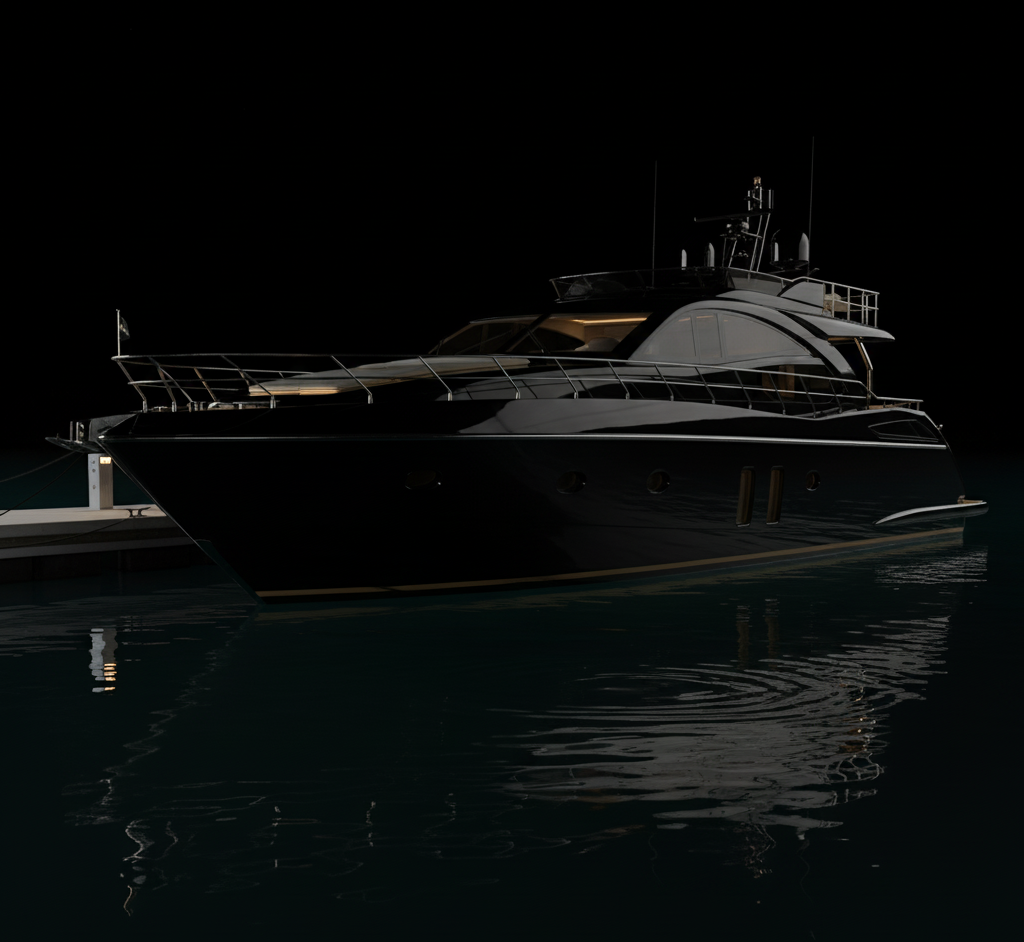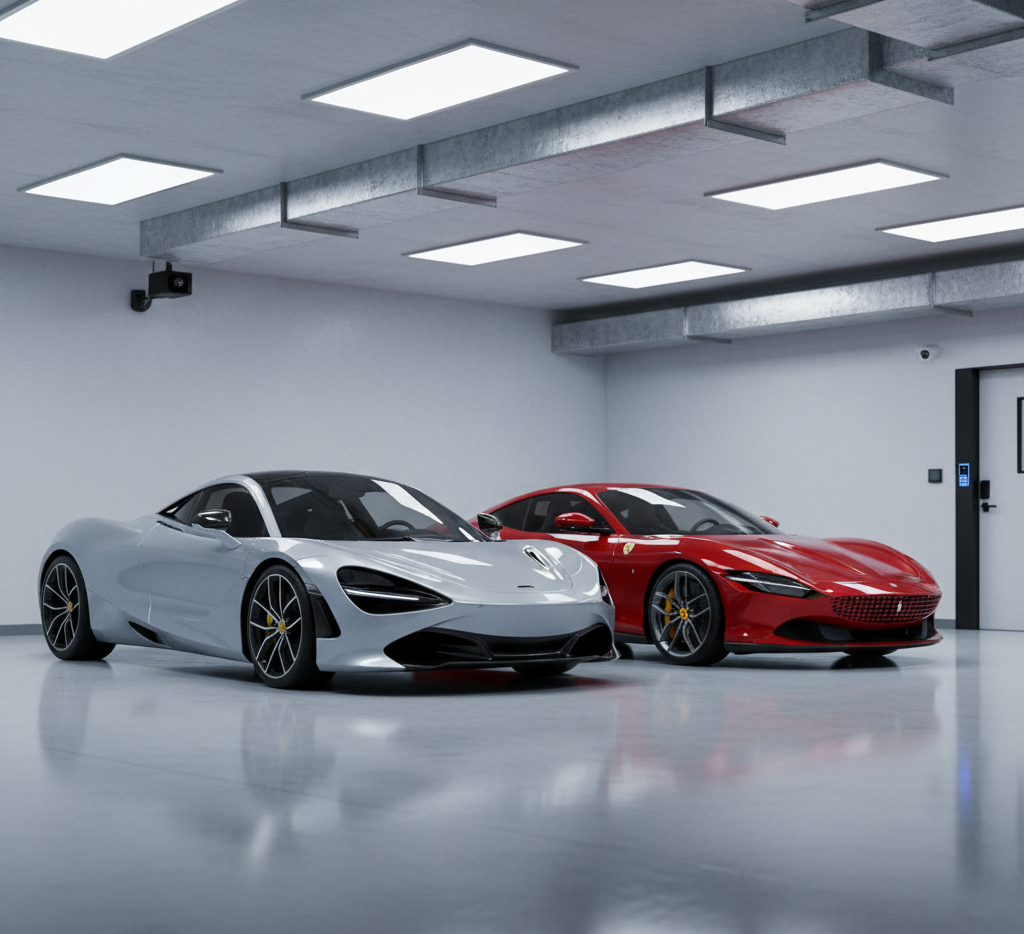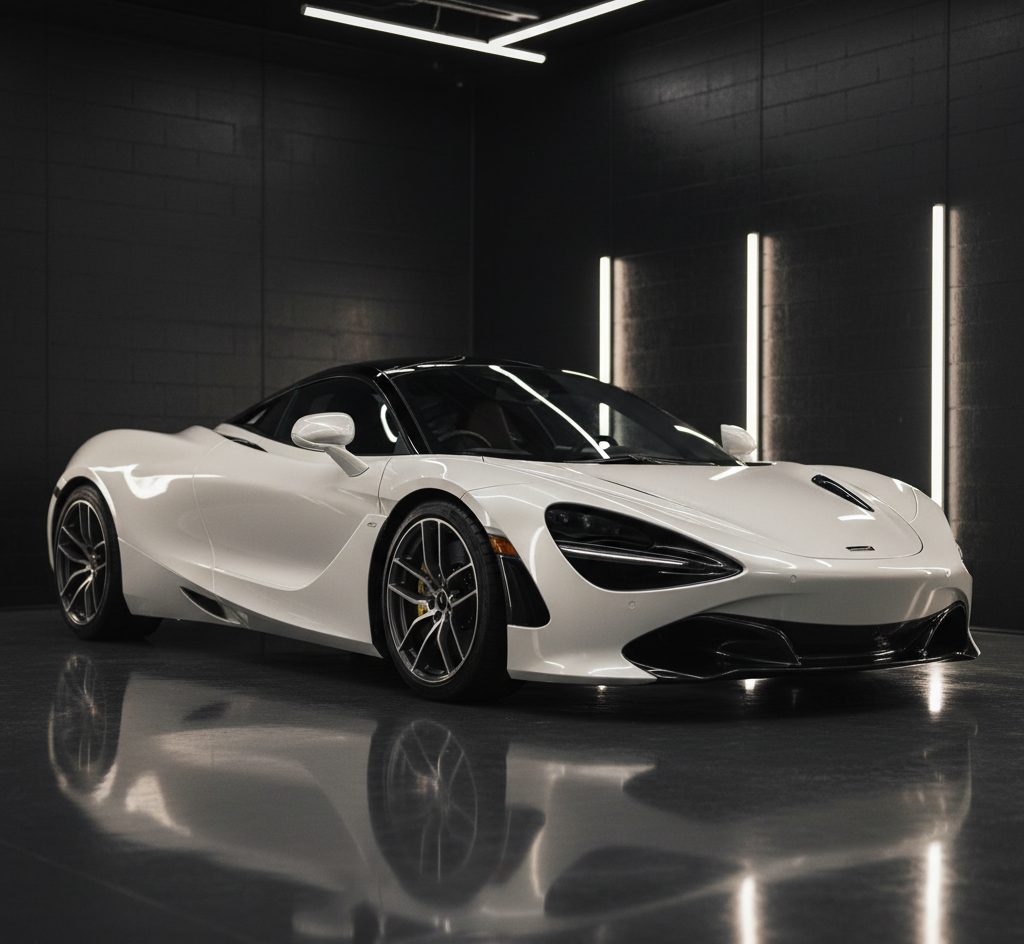First, we perform a complete decontamination and surface preparation. This isn’t a quick wash—we remove embedded salt, iron particles, and any existing wax or sealant that would prevent proper bonding. Every surface gets clay-barred and polished to eliminate imperfections that would be sealed under the coating forever.
Next comes the multi-stage paint correction if needed. Swirl marks, light scratches, and oxidation get eliminated before any coating touches your paint. You’re not just protecting your current condition—you’re locking in a better-than-new finish.
The ceramic coating application happens in controlled sections to ensure even coverage. We use professional-grade products with higher solid concentrations specifically formulated for marine environments and porous gel coat surfaces. The curing process takes 24-48 hours in our climate-controlled facility, protected from moisture and contaminants.
You pick up a vehicle or yacht that’s protected for years, not months, with a finish that actually improves with proper maintenance.




